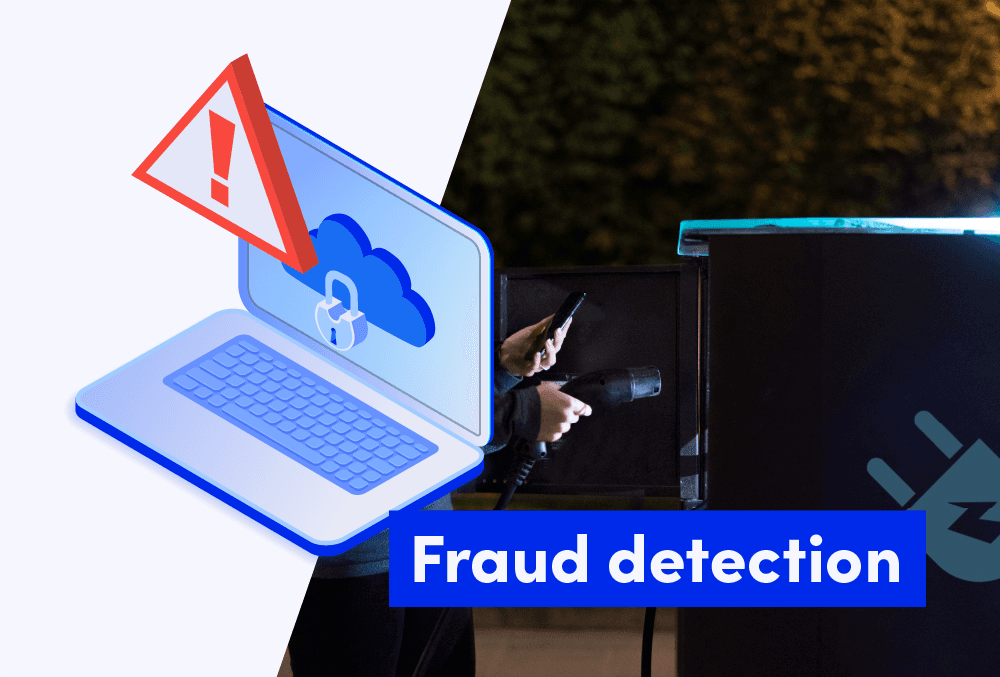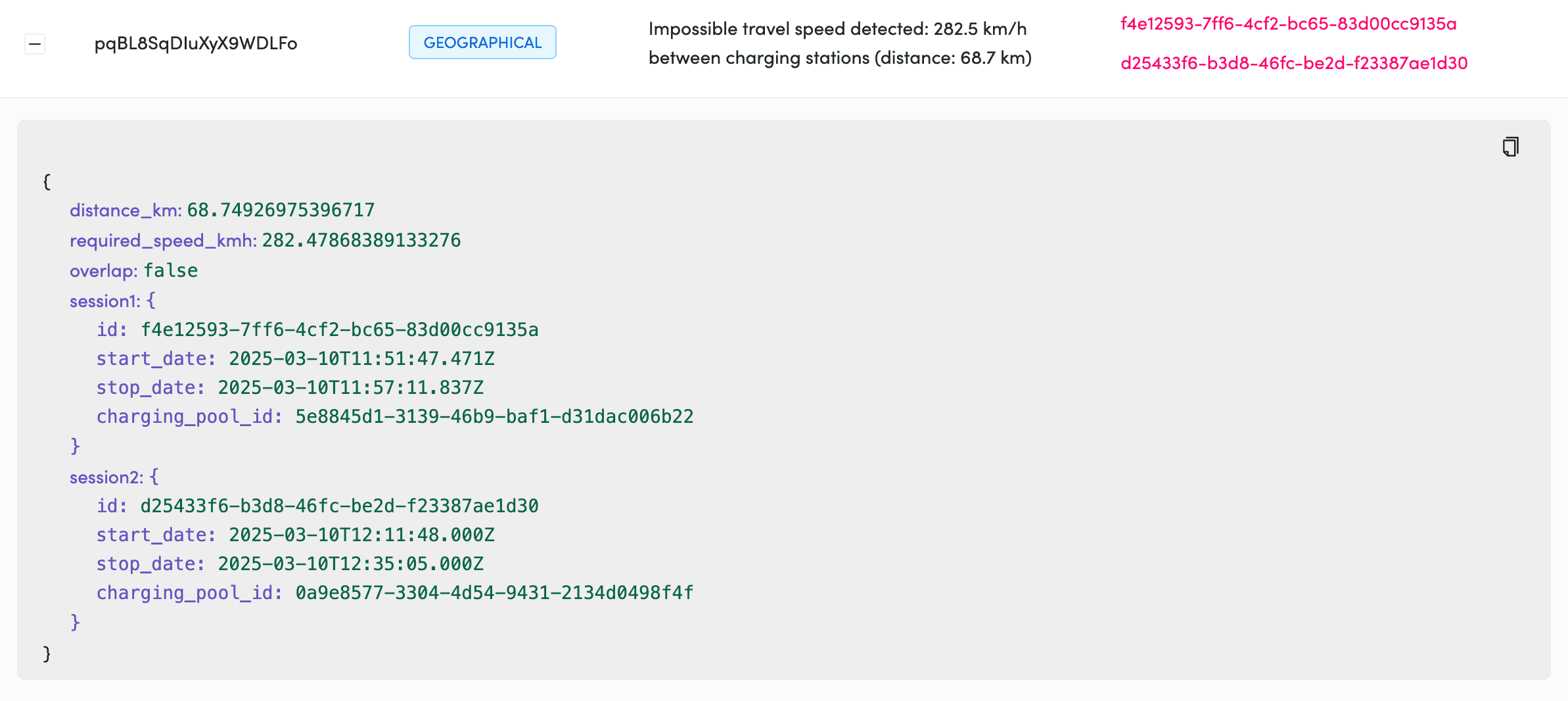EV charging networks are on a growth spurt. Utilities are acquiring local Charging Point Operators, well‑funded start‑ups are installing stations as fast as they can, and energy & fuel giants are merging their businesses with EV charging. With each expansion come more chargers, roaming agreements and tariff rules than any manual team can track. When millions of sessions hit the back office every month, even a small oversight can leave room for card cloning, unpaid sessions or other costly frauds.
That’s where artificial intelligence comes in. AI already helps banks catch suspicious transactions and logistics firms route trucks more efficiently; bringing the same real‑time smarts to eMobility is the logical next step. Being a relatively fresh industry, from the get-go running on innovation, eMobility is very digital-oriented, so letting algorithms guard the charge isn’t futuristic - it’s simply good business. Operators that embed AI today can grow with confidence, protect revenue and give drivers a charging experience they can trust.
The Hidden Cost of EV Charging Fraud
Every undetected fraudulent session is lost revenue, eroded customer trust and an operational distraction. Worse, fraudulent data skews the analytics you rely on for pricing and capacity planning. Early adopters report that just a handful of cloned RFID cards can generate thousands of euros in losses each month if left unchecked.
Five Ways an Intelligent Fraud‑Detection Module Pays for Itself
- Financial Loss Prevention – Detects cloned cards, overlapping sessions and payment loopholes before they impact the ledger.
- Enhanced User Trust & Security – Continuous monitoring reassures legitimate drivers that their charging history and payments are safe.
- Operational Efficiency – Automated alerts replace time‑consuming manual log reviews so staff can focus on remediation instead of search.
- Data‑Driven Insights – Statistical analyses spotlight unusual consumption patterns that inform tariff design and infrastructure upgrades.
- Adaptable to Business Needs – Modular detectors let you prioritise the fraud scenarios that hurt your margins the most today, and extend later as threats evolve.
Case Study: The ‘Supersonic’ EV Card
When our Geographical Detector flagged a single RFID card that appeared to travel 68.7 km in just 90 seconds— clocking an impossible 2,812 km/h— operators knew something was amiss. The card was simultaneously used at two distant stations, revealing a classic cloning attack. By catching the anomaly in real time, the CPO halted further abuse and cancelled the fraudulent token before any significant revenue leaked.
Alert at a glance:
Token ID: pqBL8SqDIuXyX9WDLFo
Fraud Type: GEOGRAPHICAL
Alert Message: Impossible travel speed detected
Under the Hood: How the Module Works
The module exposes a clean, paginated REST interface while its async engine crunches live session data. A detector‑based architecture means each fraud scenario lives in its own component, making it trivial to plug in new models.
Machine Learning Detection Mechanisms
The system incorporates multiple specialized ML-powered detectors.
Geographical detector
Built on precise Haversine‑distance calculations, this engine reconciles charger coordinates and session timestamps to spot impossible travel and bilocation. If a single RFID token appears hundreds of kilometres apart within minutes—or starts two sessions at once—the detector raises an instant alert and supplies the computed speed or overlap so operators can act with confidence.
Statistical anomaly detector
Using unsupervised models that blend Z‑score and Inter‑Quartile Range (IQR) techniques, this component learns the normal duration, energy draw and start‑time for every driver, vehicle class and station. When behaviour veers outside adaptive thresholds, the detector highlights the outlier while suppressing false positives caused by legitimate variability such as seasonality or special tariffs.
Predictive analysis
Treating each token’s usage as a time‑series data, the predictive layer forecasts upcoming session patterns and flags sudden spikes, droughts or unusual sequences that could signal card farming, coordinated abuse or even hardware faults.
Turning Anomalies into Strategic Insights
Because every alert is stored with rich metadata, the same data lake that stops fraud doubles as a goldmine for product teams. You can spot under‑utilised stations, test dynamic pricing or even forecast peak demand before it hits.
Fraud in EV charging is more than a nuisance; it’s a direct threat to profitability and brand credibility. AI‑powered detection turns the tide by catching bad actors in real time, slashing manual workloads and surfacing insights that drive smarter business decisions.





